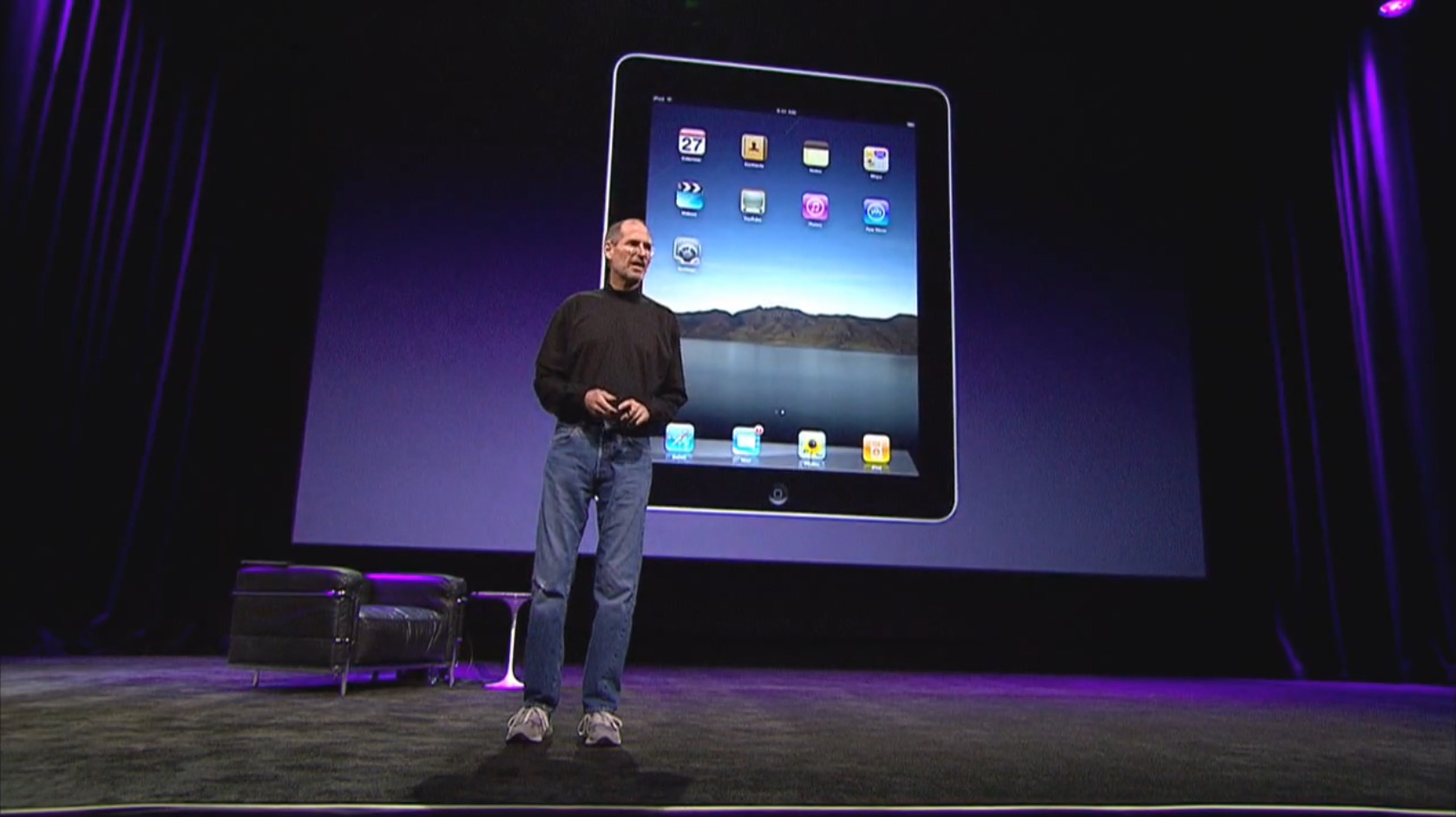Exactly thirteen years ago, on January 9, 2007, the first ever iPhone was introduced. That's when Steve Jobs stepped onto the stage of San Francisco's Moscone Center to present to an astonished audience a revolutionary device that would serve as a wide-angle iPod with touch control, a revolutionary mobile phone and a breakthrough Internet communicator.
It could be interest you

Instead of three products, the world actually got a single – cutely tiny in today's view – smartphone. The first iPhone was definitely not the first smartphone in the world, but it differed from its older "colleagues" in many ways. For example, it lacked a hardware button keyboard. At first glance, it was far from perfect in some respects – it didn't support MMS, it lacked GPS, and it couldn't shoot videos, which even some "stupid" phones could do at the time.
Apple has been working on the iPhone since at least 2004. Back then, it was codenamed Project Purple, and it was prepared for its arrival in the world by a number of specialized separate teams under the strict leadership of Steve Jobs. At the time when the iPhone was launched on the market, it mainly competed with Blackberry phones, but it also enjoyed popularity, for example the Nokia E62 or the Motorola Q. Not only the supporters of these iPhone models did not believe much in the beginning, and the then director of Microsoft Steve Ballmer even let himself be heard, that the iPhone has absolutely no chance in the smartphone market. However, the smartphone with the multitouch display and the iconic bitten apple on the back was ultimately a success with consumers - Apple simply knew how to do it. Statista later reported that Apple managed to sell nearly two million iPhones in 2007.
"This is the day I've been waiting two and a half years for," Steve Jobs said when introducing the first iPhone:
On its thirteenth birthday today, the iPhone also received an interesting gift related to the number of devices sold. As such, Apple has not published these numbers for some time, but various analysts do a great service in this direction. Among them, a recent Bloomberg survey found that Apple is on track to sell nearly 2020 million iPhones in fiscal 195. Last year, that number was an estimated 186 million iPhones. If this were indeed the case, the total number of iPhones sold since the release of the first model would approach 1,9 billion units.
But analysts also agree that the smartphone market is saturated in many ways. Even Apple no longer relies entirely on sales of its iPhones, although they are still a very significant part of its revenue. According to Tim Cook, Apple wants to focus more on new services, and it also derives considerable income from the sale of wearable electronics – this category includes Apple's Apple Watch and AirPods.
 Steve Jobs introduces the first iPhone.
Steve Jobs introduces the first iPhone.
Sources: Apple Insider, Bloomberg